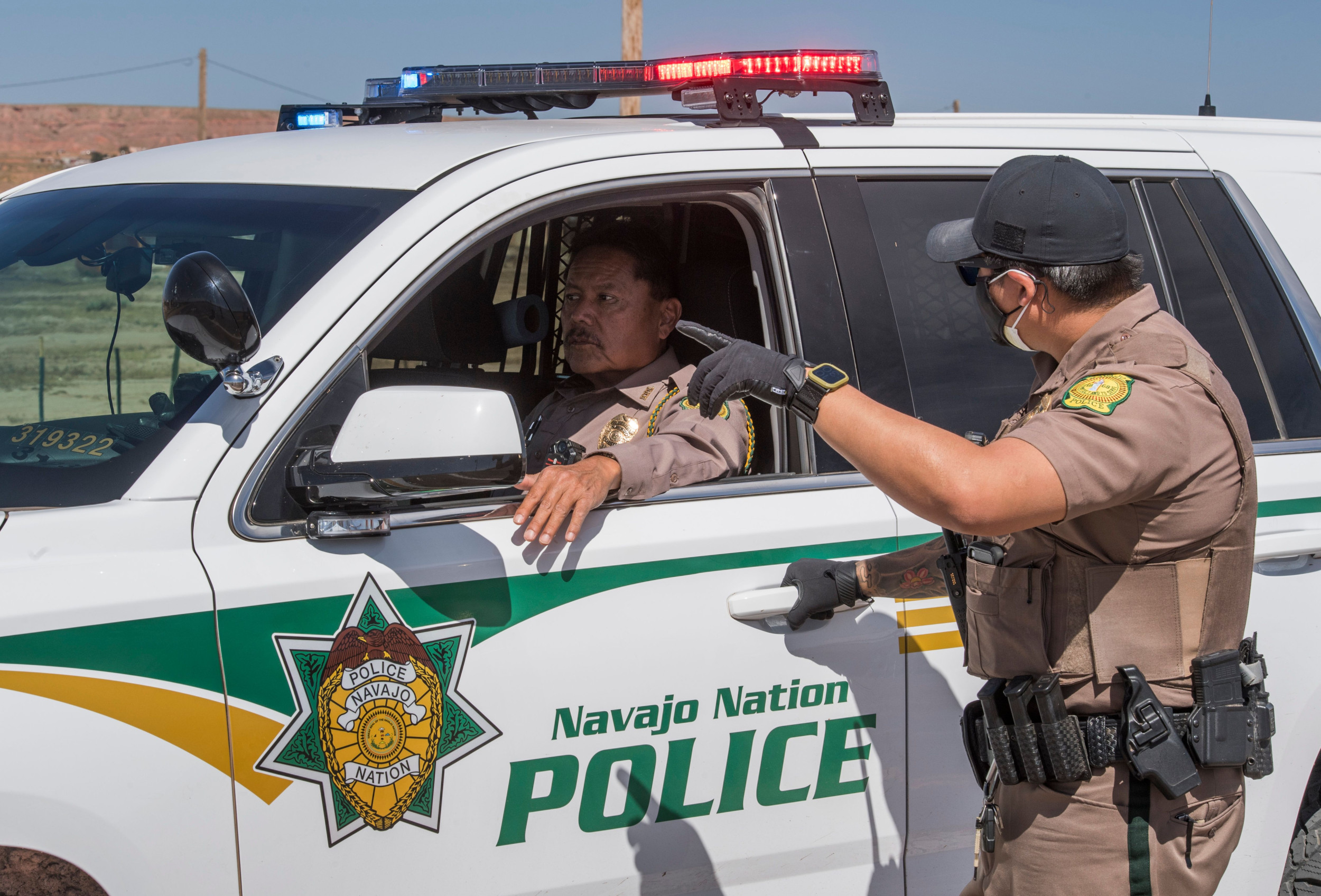It is now common knowledge that Verdansk, the original Call of Duty: Warzone map, will be returning to the game in 2025 – but there is another classic map that needs to come back and doesn’t get nearly enough recognition.
Since it was removed from the game in 2021, many Warzone players have called for Verdansk to return, not entirely enamored with the maps that have been released since, especially for regular battle royale or “big map” games.
While those people will be getting their wish in Spring 2025, there’s one older Warzone map that has gone underappreciated and would play really well with the new, faster omnimovement system that Black Ops 6 heralded in: Al Mazrah.
That’s right, Al Mazrah launched in Warzone alongside Modern Warfare II, which we actually voted as our least favorite Call of Duty game of all time: for reasons that also greatly affected Warzone, too.
The biggest problem with this was the monumental changes to movement, slowing the game down significantly compared to the original Warzone engine, with slide canceling non-existent and general movement speed decreased significantly compared to Verdansk and Caldera.
It made the map far less exciting and players were very keen to get away from it, but actually, it was pretty well designed and never really got a fair shake.
 Activision
ActivisionBetter map flow and design
Al Mazrah was actually the largest Warzone map we’ve had, way ahead of Caldera, Verdansk, and Urzikstan. Because of that, the faster pace of the omnimovement system would benefit far more from Al Mazrah than MWII’s did originally.
It also means that we could see bigger lobby sizes, with up to 150 players, which is something players have wanted for a long time but rarely had the chance to get. In fact, back in Verdansk, there were even LTMs with 200 players.
The flow of the map was also superior to Urzikstan, and could contend with Verdansk, with a variety of terrains, environments, and locations making for more interesting fights that you could pick and choose how you approached.
The mix of tall buildings, open space and, crucially, rotational coverage made for more fair fights that weren’t simply a case of “sit on a rooftop and pick people off,” something that was dangerously prevalent in Verdansk and remains very common in Urzikstan.
It feels unfair that Al Mazrah became the only map in Warzone history that didn’t get used during a game with movement game, especially considering how great a job the developers did with designing it from top to bottom.
 Activision
ActivisionThe movement options around Al Mazrah were superior.
Is it even better than Verdansk?
Most OG Warzone players will recoil at the sight of such a question, but if we remove our rose-tinted glasses, it is a valid question.
Many forget how dire things got towards the end with the original map, and players were desperate for a change as gameplay had become so stale.
As mentioned, buildings were fortresses that if you could conquer the roof, you rarely needed to leave if you wanted to play for the win.
Similarly, the wide open spaces made it much harder to traverse and counter said rooftop campers. For example, if you got caught running in the areas surrounding the Airport, Stadium, or really any of the areas surrounding Downtown, you really had no option but to hope your opponent missed.
Is it better than Verdansk? It wouldn’t be honest to say yes, it’s definitely better, but both are great battle royale maps in their own regard and Al Mazrah could actually offer more than Verdansk in terms of a fluid BR experience.
Whether we even get the chance to be proven right remains to be seen, but given the reception to what was then dubbed “Warzone 2.0,” it feels unlikely.
 1 day ago
5
1 day ago
5




















 English (US) ·
English (US) ·